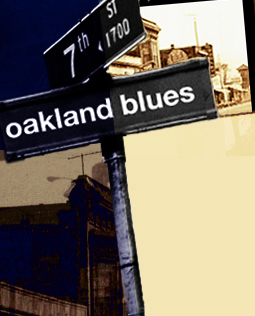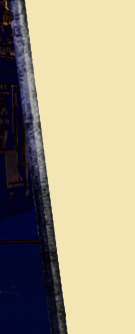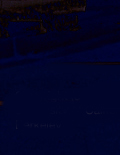Lowell Fulson
Soulwalking.co.uk
“Lowell Fulson was born in the Chocktaw Indian Reservation, Tulsa, Oklahoma.
He joined up with singer Texas Alexander for a few months in 1940, touring the Lone Star state with the veteran bluesman…” Read More
 |
|
 |
|
 |
|

Lowell Fulson
Soulwalking.co.uk
“Lowell Fulson was born in the Chocktaw Indian Reservation, Tulsa, Oklahoma.
He joined up with singer Texas Alexander for a few months in 1940, touring the Lone Star state with the veteran bluesman…” Read More
Lowell Fulson: Influential West Coast Bluesman
Jazzhouse.org, 1999
Lowell Fulson was not only a major name in his own right in the development of post-war blues, but also served as either a sometime employer of or a leading influence on a number of famous artists. He was a major formative influence on the music of B B King, while his bands in the early-50s included musicians like pianist and arranger Ray Charles, guitarist Ike Turner, and saxophonists Stanley Turrentine and King Curtis. Read more
“Lowell Fulson, 77, Who Took Texas-Style Blues to the West Coast,”
The New York Times, March 14, 1999
By Jon Pareles
“Lowell Fulson, a major figure in West Coast blues, died March 6 in Long Beach, Calif. He was 77 and lived in Los Angeles.
The cause was complications from kidney disease, diabetes and congestive heart failure, said his companion, Tina Mayfield…” Read more
“This is an essay about a West Oakland that was populated primarily by Blacks who migrated to West Oakland during World War II to work in the Military industries. Also this essay is dedicated to those early Black Oaklanders that established an economically self-contained community in West-Oakland and thus leave an example for today’s Black Oaklanders.”
“From 1926 until 1945, I was based in the East Bay cities of Berkeley and Oakland, across from San Francisco. Before World War II, West Oakland had the biggest black community in the Bay Area. The yards of both the Southern Pacific and the Western Pacific were in the area, as well as 7th Street, where many black professionals had their offices.
The famous “Big Red” electric ferry trains roared down 7th Street. It was like Lenox Avenue in Harlem, Central Avenue in Los Angeles or State Street on Chicago’s South Side — the center of most black business or social gatherings.” Read More